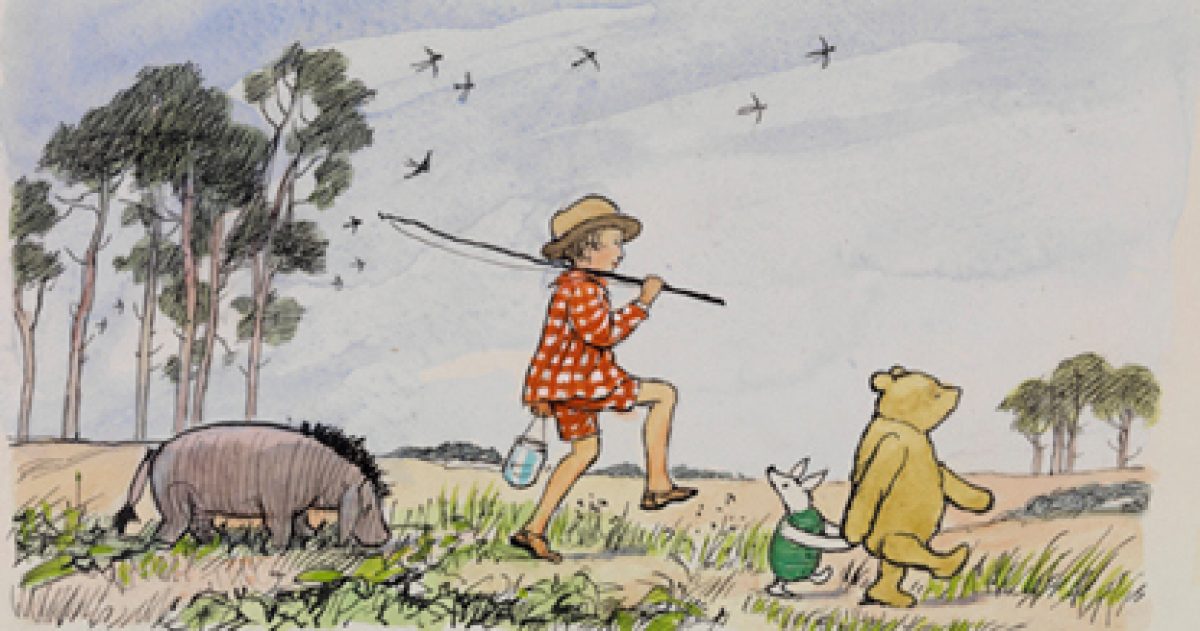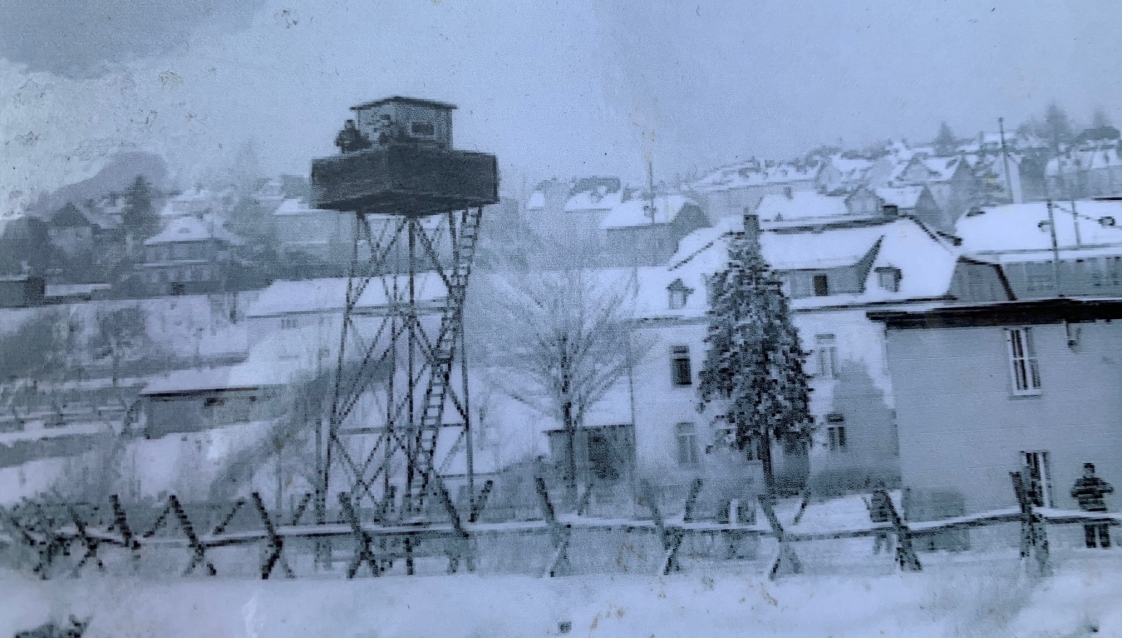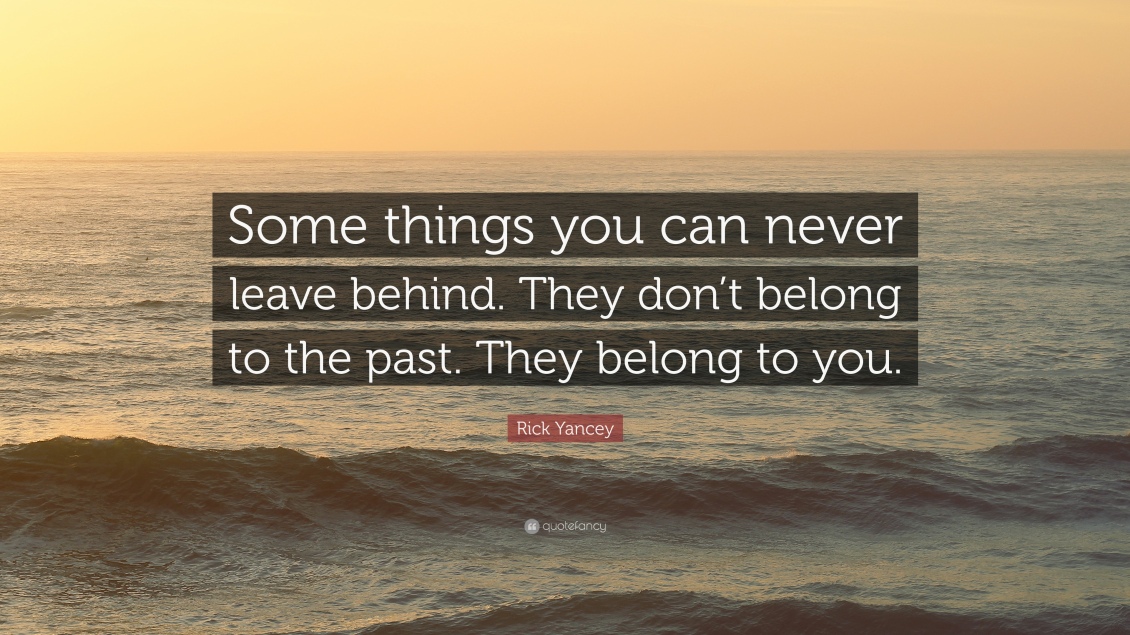
“It’s not fair. It’s not fair!” complained Princess Friederike Sophie Wilhelmine of Prussia to her parents. “I want to be Queen of England. It’s not fair! I won’t go to Bayreuth!” “Well, your mother’s to blame for that one” replied Willie’s father Frederick William 1 of Prussia. “It’s Bayreuth for you after all her tricks with the royal family, so forget England and the House of Hanover!”
For a larger than life comeback, a phoenix rising, dreams – dashed and history made saga, the bodacious babe who hit Bayreuth by storm, turned her misery into might, her fetish into fame and her hobbies into history. As a true leader of #Me Too, this ‘Power Frau’ erected and performed on her own podiums, spruiked her own talents and testimony, created a predominantly Baroque Bayreuth, shaping its current day style and rocketing her into the hitlist of top chicks of the 18thcentury.
With hopes of the crown dashed, hitched for political persuasion in 1731 to Frederick, (I protect the boarders), Margrave of Brandenburg-Bayreuth to ‘stop the Austrian drift’, young Willie sucked up her sorrow, dried her eyes and resigned to her fate in the backwaters of Bayreuth. Perhaps as reward for her ‘exile’, an attempt to make good, guilt-ridden generosity, or just down right brotherly love and favouritism, Willie’s brother Frederick the Great softened the blow by throwing open the coffers, sending stacks of coin to placate sister and fund princess lifestyle, enabling Willie to embark on an audacious offensive to transform the Bayreuth hood.
As big sister suffering ‘ditched queen complex’, Willie lived large by the motto, “If you can’t go to Hollywood, build Hollywood and let them come.” A self- made and endorsed composer, musician, theatre star, singer, project manager and interior designer, Willie was locked and loaded. With the additional bolstering of husband Freddie’s new- found inheritance, and love for their sweetness Elisabeth Friederike Sophie, she set to work creating the stage for the shin dig of the century – Liz’s wedding. The now internationally and UNESCO listed, epic Bayreuth Margravial Opera House, bubbling with Baroque was sculpted by the finest Italian architects and set designers of the day. A clear shout out to the international courts that Bayreuth counts!
With a heightened taste for centre stage and confidence in the limelight, this mover and shaker in the Age of Enlightenment, continued her eye opening, cultural construction crusade. Not to be outdone in the arena of gift giving, hubby Freddie bestowed upon his Bayreuth babe palaces, theatres, gardens, music rooms and more. In the breadth of her emphatic inspiration and imagination, Willie garnished these spaces with outdoor ruin theatres, grottos, and new palaces for good measure. Perhaps out of idolatry, thankfulness or sheer matrimonial competition, one of Willie’s masterstrokes, created specifically for Freddie, included the opulent Bayreuth Hermitage Temple of the Sun. Set in palatial gardens, appealing to the highest of the Greek gods Apollo, and depicting her husband’s epic granduer, Apollo sweeps the sky on his daily sojourn in a chariot across the world, filling it with light. So too Willie continued her creative spree, waving her magic over Bayreuth whilst driving a dangerously diminishing bank balance.
Blazing a spectacular path across the town and along its boarders, Willie left no stone unturned and no opportunity untouched. In harmony with her repertoire of creations, ensemble of ingenious pieces, architectural arias and the renaming of rock gardens beneath the Zwernitz castle to the French ‘Sanspareil’, there would be absolutely no mistake that this splash of fame, this Bayreuth blitz, this bodacious babe from Bayreuth ‘C’est sans pareil!’



































































































